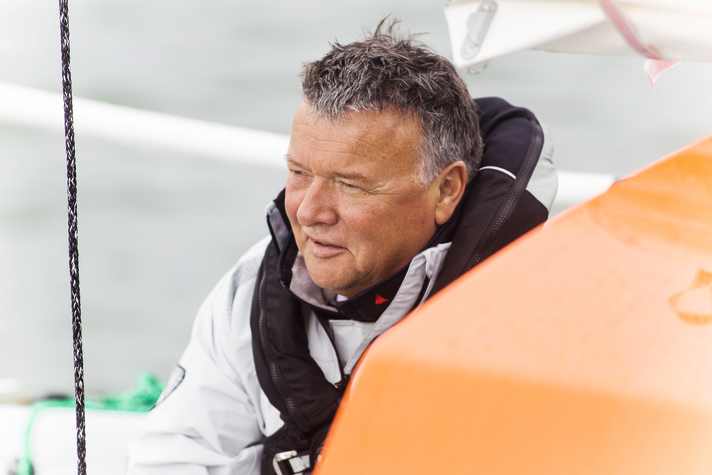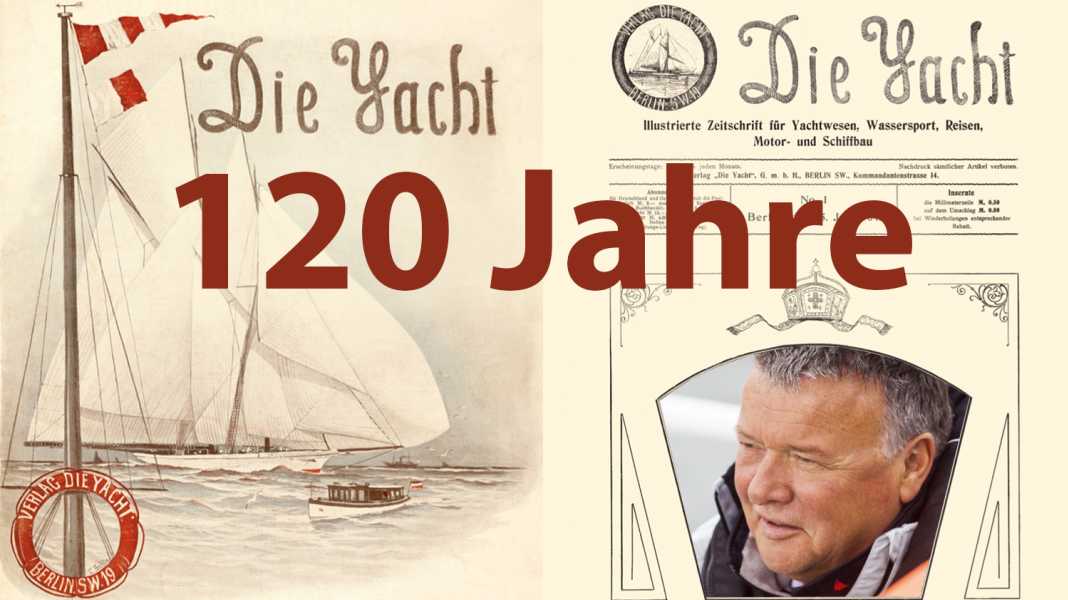
Click here for all articles
Fridtjof Gunkel, Deputy Editor-in-Chief
Tests with the character of a company outing"
Fridtjof Gunkel, YACHT's longest-serving editor, on the glorious Cupper years and the "test festivals" of Damp
It's hard to believe: Of the 120 years, I have now been with the magazine for almost 39 years, a third of its existence. A long time that has never become boring in the slightest. Outsiders see the common YACHT editor as someone who has turned his hobby into a job and ideally knows how to combine his private and professional activities. They are right. It's the perfect combination if you live and love the subject and keep it in your heart and mind. We once had a (non-sailing) graphic designer who quit after two years. Reason: "You're always talking about sailing." Oh no!
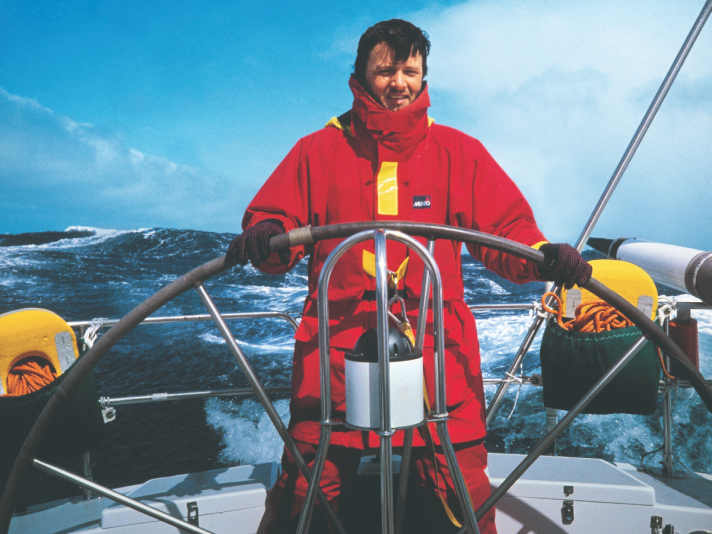
There is almost no other way. Anyone who works at YACHT ideally has a boat, enjoys tinkering with it, sails as much as possible, sacrifices money, time and, if in doubt, even social contacts, at least during the season.
I sent an unsolicited application to YACHT in 1983. The trainee position had just been filled, but I was promised the next one in two years. The kicker: two years with clear prospects were like a sailing sabbatical for me before the job had even started. I made the most of it: the single-tonne world championship in France, the transfer from Brittany to Ibiza, the Sardinia Cup, Voiles de Saint-Tropez and the Southern Ocean Racing Circuit in Florida followed each other in a staccato. And then it all started for me in Hamburg's Blumenstrasse, close to the Alster. What a time. We lived in a villa, the sales were terrific, so that the publishers were already giving us a second Christmas bonus.
There it was, the ideal combination of job and hobby, although "hobby" doesn't even begin to cover sailing if you're passionate about it. It was the golden era of the International Offshore Rule, when "tall ship sailing" reached its peak in Germany. Four colleagues and I were right in the middle of it, sailing on "Rubin", "Espada", "Container" & Co.
We helped win the Admiral's and Sardinia Cups, sailed in the Tonner World Championships, transatlantic regattas and the Whitbread Round the World Race. Sometimes this could be combined with the job in which we reported on these events. The whole thing went so far that a colleague wanted a pay rise because he had won the Admiral's Cup. Well, there were magazines at the time that were so thick and full of adverts that they were almost impossible to staple, which is why the publisher had to turn down adverts. But the wish for more pay was not fulfilled after all.
However, regatta sailing was never the main topic of YACHT, it was always the YACHT test, alongside major travel reports, service sections and practical topics. Back then, it basically worked like this: The test director gathered new boats that were already sailing on German coasts in Damp, the harbour with its seventies reinforced concrete architecture that was destroyed last October. And then a whole group of editors were invited to test the boats, which had the character of a company outing. And why not?
The boats were nowhere near as perfect as they are today, so much for the good old days. Back then, keels were still moved because the designer hadn't hit the ideal position straight away. Yachts sometimes sailed leeward or could hardly be held on the rudder, occasionally keels fell off, waves came out of the hull and masts fell over.
One highlight was the crash test, which can still be found on YouTube today (search term: crash test Dehler 31). The shipyard in Freienohl had provided a nine-metre yacht to prove how indestructible modern GRP constructions are. In fact, nothing could harm the boat, neither a steel-edged raft, nor a tree trunk, nor a tonne. Until we set it down on the stones of the harbour embankment in a kind of bloodlust, cheered on by Kalle Dehler on the photo boat. It was still floating at the end and is said to be happily travelling on the Elbe today.
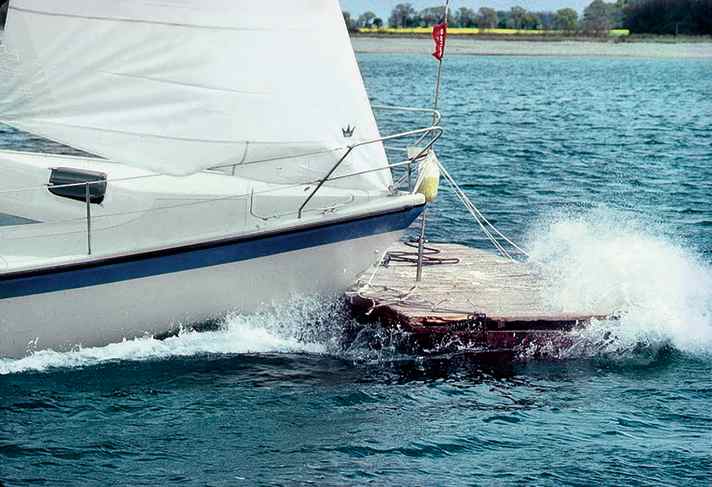
Just like the boats, the test has also evolved. If at all possible, we like to sail the first boat built in the shipyard area, such as the new Hanse 360 in Greifswald in this issue. No Damp. We travel all over Europe after important boats. We take a sporting approach and are usually the first on board, sometimes even before the shipyard manager. And on top of that, we test in direct comparison when several new products come onto the market in a segment - the best form of trialling. We also enjoy the "The special boat" section, which covers everything that floats and has a story to tell, from the dugout canoe to the new rescue cruiser to the Imoca.
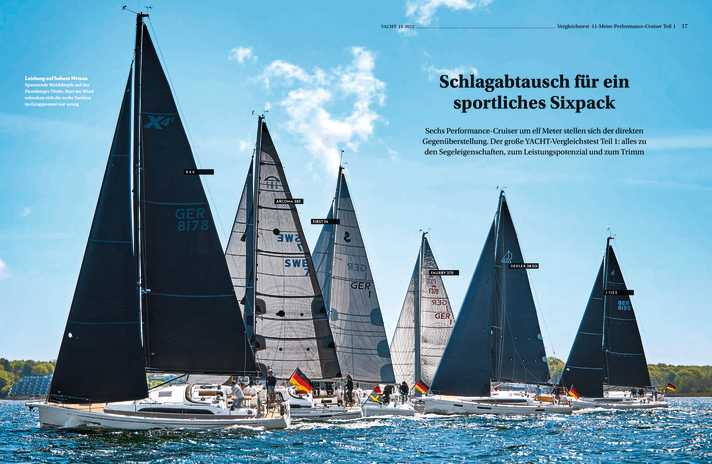
No colleague is actively involved in international regattas anymore, the sport has become too professionalised for that. So have we as editors. Kai Krüger, once co-editor-in-chief and just as good a sailor as a writer, complained in the 1980s that a YACHT editor was defined by his sailing skills, not his journalistic ones. This is clearly different today: you need experience, knowledge and skills in both disciplines. Some of the fun and freedom of earlier years has fallen by the wayside over time. I am therefore glad to have experienced and lived both.
